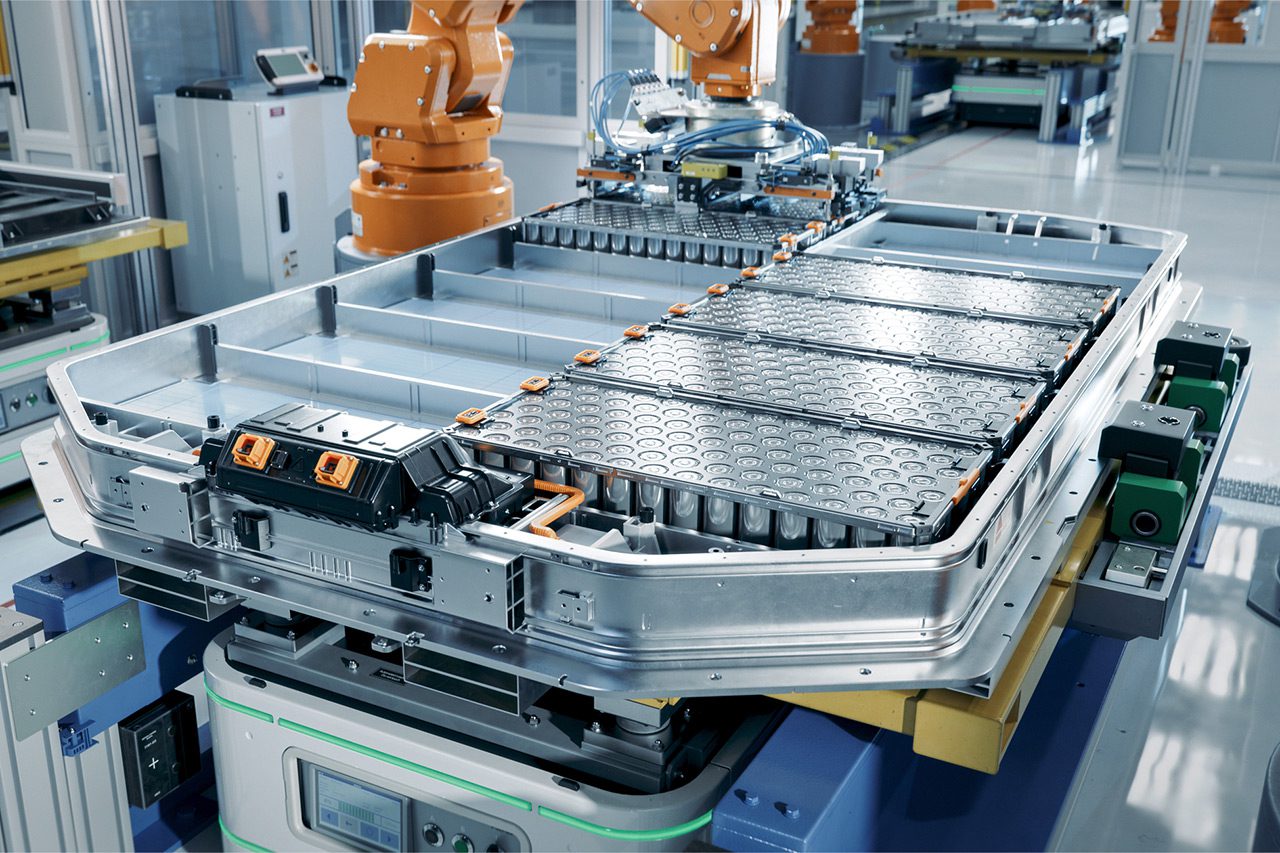Challenges
-
Route to market strategy
-
Investor Engagement
-
Bioethanol
Client
Whitefox Technologies
Challenge
Whitefox have developed a generation 2 dehydration membrane separation system for use in bioethanol production. This step-change technology allowed greater throughput than the previous Whitefox technology.
Whitefox needed to understand how to price the generation 2 product for a range of different customers. Current product was sold as a capital sum for design and equipment, plus a licence fee and maintenance charge. The step-change nature of the new technology had potentially opened the door for higher pricing levels due to the greater benefits offered to customers and alternative pricing approaches.
The aim was to prepare a pricing model that estimated the customer value of the Whitefox technology, quantified three alternative pricing schemes, and assessed the advantages and disadvantages of these schemes from both the customer’s and Whitefox’s perspectives.
Solution
The project started with a set of discussions with Whitefox to confirm the performance metrics that might affect process economics or model parameters (e.g. the plant capacity to be modelled, initial assumptions of impacts of generation 2 technology on production – throughput, energy consumption, water consumption, key sensitivities to be run such as energy and carbon prices, the cost of capital to be used for financed/leasing model for Whitefox and customers, how to estimate the impact on carbon intensity scores).
CLT then reviewed and further developed Whitefox’s process economic model for bioethanol using conventional and Generation 2 technology and generated cost/value benefits for customers from the use of Whitefox Generation 2 product. We considered throughput, energy prices, operations and replacement cycles. Benefits were modelled for a range of customers with consideration for different process technologies Whitefox might replace or supplement.
CLT interviewed and gained feedback from 5 customers on the possible impact of membrane on production and preferred pricing model(s).
A workshop was held with Whitefox to outline potential pricing schemes, confirm current pricing levels and structure, and confirm other model parameters (e.g., the cost of capital to be used for the financed/leasing model for Whitefox and its customers).
CLT estimated the incremental cash flow and returns metrics for a customer from the use of Whitefox Generation 2 product over the life of the equipment using the alternative pricing schemes and also estimated the margin and cashflow for Whitefox.
Finally, CLT conducted another workshop with the Whitefox team to review the pricing model results and jointly evaluate the advantages and disadvantages from both the customer’s and Whitefox’s perspectives regarding the alternative pricing schemes.
Outcome
CLT found that there was potential for significantly increased prices and still meeting customer payback times with the second-generation product and, further, that a benefit share pricing model provided an opportunity to extract greater value.
At the end of the project, CLT handed over an updated bio-ethanol production process economic model with pricing alternatives for Whitefox to use in order to finalise the costs of its technology.

